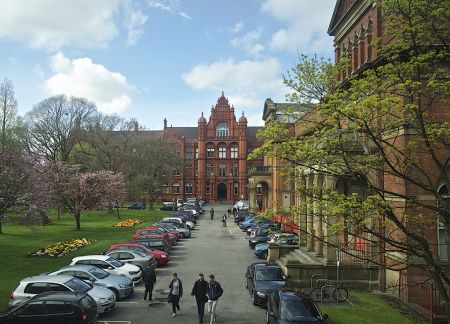
Scientists health-check canal-dwelling fish
Monday 11 December 2017
ENVIRONMENTAL scientists at the University of Salford have joined forces with the Canal & River Trust to test the quality of wildlife habitats and biodiversity of a UK canal.
It focuses on a five-mile section of the the Huddersfield Narrow Canal between Ashton-under-Lyne and Oldham, designated a Site of Special Scientific Interest (SSSI).
Staff and research students from the School of Environment & Life Sciences are employing cutting-edge science to test water samples using environmental DNA (eDNA) profiling. This should allow them to detect all the species of fish, crustaceans and semi-aquatic mammals present in the canal water at a particular spot.
Fish survey
At the same time, the Trust has contracted MEM Fisheries to carry out a traditional fish survey using a boom boat which enables fish to be physically collected, counted and measured.
The first stage of the survey has been carried out this month while the Huddersfield Narrow Canal is in water but after Christmas, a couple of sections around Mossley are due to be drained for lock replacement works, enabling the environmental team to carry out a more detailed fish survey.
Tom King, ecologist with the Canal & River Trust, said: “We know that people who spend time by our canals are healthier and happier. Getting closer to nature and wildlife is one of the reasons people visit.
Crustaceans and mammals
Dr Chiara Benvenuto and Dr Allan McDevitt, lecturers at the University of Salford said: “This environmental DNA testing technique has been around for a few years but elements of it are still being refined. This is why we are so pleased to be working with the Canal & River Trust on a real project with tangible outcomes for the health of the canal.





